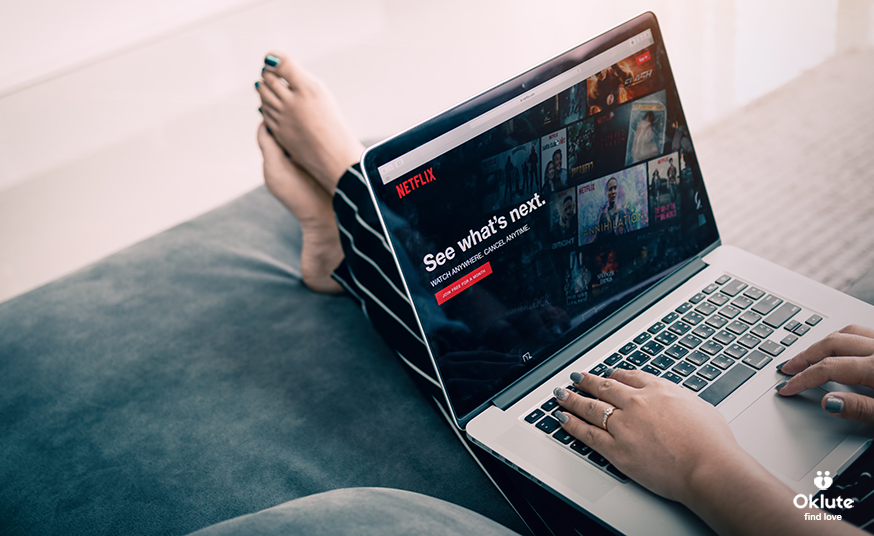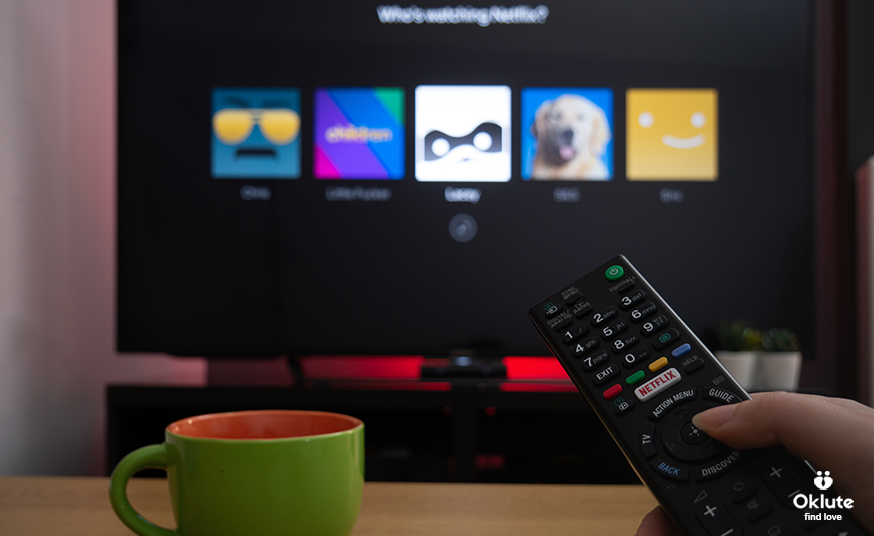
For the longest time, TV meant a screen in the living room. A schedule was fixed and you had to follow it. And the remote felt like a lifeline to entertainment. However, after the arrival of OTT apps this schedule has been completely changed. The monopoly of the TV industry has been completely wiped as OTT provides content to the users ease. Not only have this streaming services also changed the way people used to consume content earlier. It has also impacted the way we watch them and even the make way contents are made or distributed.
Impact of OTT
Remember waiting for your favourite show London escorts on TV? That comes only at a specific time of the day. Not anymore, thanks to streaming platforms-now this applies for anything, anytime. This shift from scheduled programming to on-demand content has changed our viewing habits massively.
Instead of waiting the whole week for the next episode to binge watching the entire season in one go. Entertainment industry has come a long way. Platforms like Netflix popularised this trend, and now it’s hard to imagine going back to the old way.
This also impacts how shows are produced. Showrunners are no longer interested in building anticipation week over week but instead keep viewers locked in for hours on end. Each episode needs to flow into the next, making it easy for viewers to just keep watching. Binge-watching has become the norm and is changing not just the audience but the fabric of storytelling on television itself.
Accessibility and Variety
Streaming platforms have made shows from all around the world accessible for viewing. To be able to watch a show from another country, in the past it was next to impossible without waiting for a DVD or some rare airing on television. A person can now just log into Netflix and find Korean dramas, European crime thrillers, or Japanese anime at the click of a button. They have opened up a world of variety that regular TV networks couldn’t offer.
Moreover, these platforms also support niche shows small. In traditional TV, a program had to be everything to everyone, and that is why there was so much sameness in content. In streaming, platforms can appeal to smaller community interests with specific passions: For example, one might find content related toAdelaide escorts, showcasing the unique stories and experiences of women from that region. It’s why we’re witnessing this diversity of styles, languages, and themes in the shows popping up today.
Changes in Movie Releases
In the old days, there was only the movie theatre for new movies. Then came platforms like Netflix, Amazon Prime, and even Disney+ that started releasing major films directly to customers online. This process has been hastened by the pandemic, and now it starts to feel pretty normal when blockbuster films are coming out on streaming services. The question is what the future is going to hold for theatres. As people have stopped going to theatres.
However, there is also a contrasting aspect to that. Movies made specifically for streaming channels are often unlike theatrical releases. The aim is more about getting people to press “play” than to craft a cinematic experience. As this interview transcript notes, the scene transitions tend to be faster, and wide shots fewer, in streaming movies in order to keep an audience engaged on their computers or phones. This could shift the entire practice of film-making, where many directors focus on making fast-paced pieces of content more engaging rather than creating a visually splendorous production meant for the ‘big screen’.
Subscription Models and their Impact
The other thing that has made streaming services go great is their subscription model. The viewers will not pay dollars and cents for single shows or movies; they pay to watch an unlimited library of content monthly. This model encourages people to explore new shows and movies they might not have tried otherwise.

The Future of Streaming and Traditional TV
So what does all this mean for the future of television? Are traditional TV channels doomed to extinction? Possibly, but not entirely yet, although it’s very clear that streaming is currently the majority model. Even some of these legacy networks, such as NBC and HBO, have caught on to the idea by offering their own direct-to-viewer streaming service, as Peacock and HBO Max do respectively, competing directly with the likes of Netflix and Amazon Prime.
The lines between traditional television and streaming blur more each day. Some shows like Chennai call girls are still coming out a single episode a week for streaming platforms, just like on regular television, and others all at once. Most likely, we will see even more experimentation in the near future over how that content is released and consumed. But here’s what definitely is clear: the trend of streaming isn’t fading-it is becoming the new reality.
Conclusion
Streaming has revolutionized the way we watch television-from binge-watching and on-demand content to global access and changes in movie releases. In that shift, the entertainment industry is being rewritten in ways we barely understand up to this point. Who knows, though, how technology will progress in the future and influence the way of TV and streaming? At least one thing is very clear: flipping channels on television is something of the past. Streaming services have come to power and position such that we can now change what we want to watch, when we want it.









